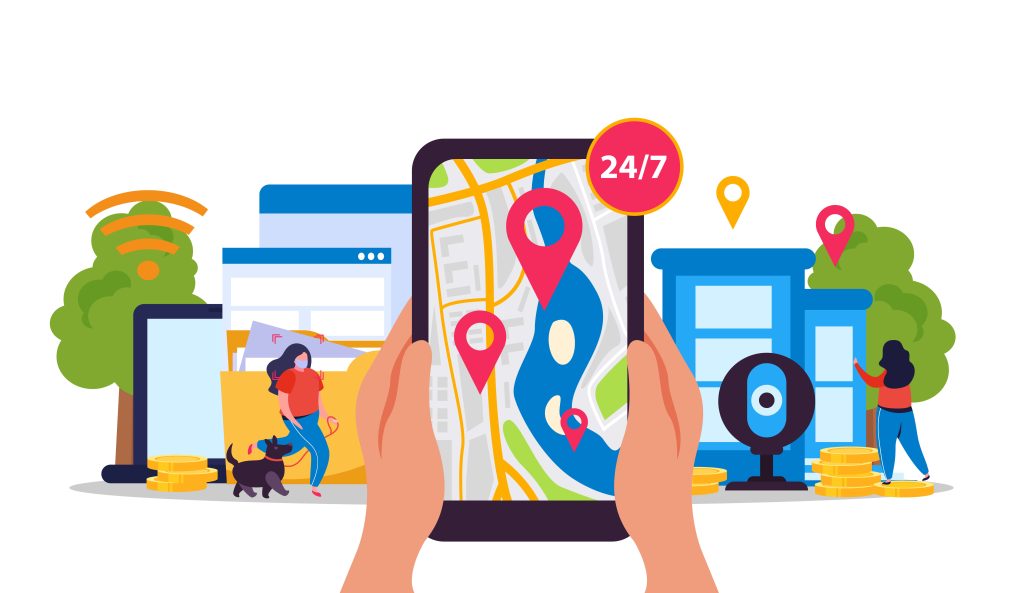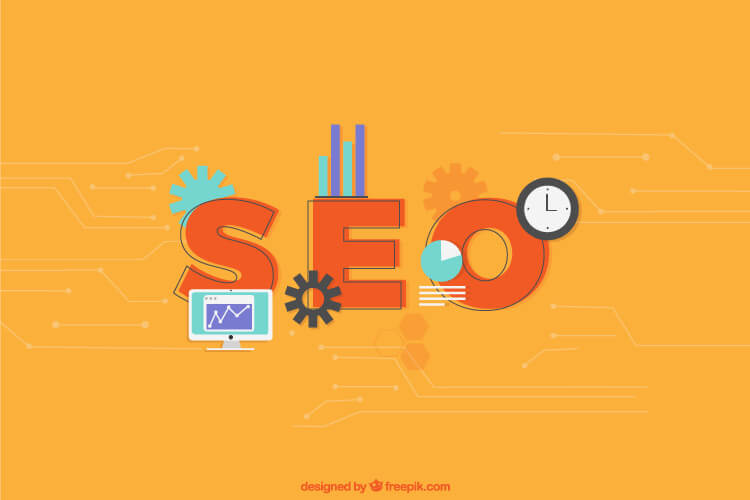In the digital world, getting noticed online is like shining a spotlight on your small business. That’s where Search Engine Optimization (SEO) comes in.
It’s a set of techniques that help your website show up when people search for things related to your business. Let’s break down the four main types of SEO, so you can boost your online presence and reach more customers.
Imagine a huge digital map where people search for everything they need. If your business isn’t on that map, it’s missing out. SEO helps put your business on that map by improving how search engines like Google find and show your website. As a small business, understanding the four types of SEO is like having a secret recipe for success in the online world.
What are the 4 types of SEO?
1. On-Page SEO: Making Your Website Shine
What’s On-Page SEO?
Think of your website as a shop. On-page SEO is like arranging the shelves and making everything look inviting. It’s all about making your website useful and easy to understand for both people and search engines.
Making Your Website Stand Out
– Choosing a Good Title: Just like a book title, your webpage title should tell people what your page is about. Use your main keyword (the main thing people are searching for) and maybe a few more words.
– Writing a Short Description: This is like the blurb on the back of a book. In a sentence or two, say what your page is about and use your keyword again.
– Using Pictures Smartly: Pictures add color to your shop window. Give your pictures names and descriptions that match what’s in them. This helps search engines understand what your pictures show.
– Making URLs Simple: Your website address should be easy to read. Use dashes to separate words, and if possible, include your keyword.
– Connecting Pages Inside Your Shop: Imagine signs in your shop that guide customers to different sections. Internal links do the same for your website. Use words that match what people might search for.
– Writing Awesome Content: Content is like the products you sell. Create high-quality, original content that matches what people are looking for. Use your main keyword in the first bit and headings. Sprinkle other similar words too.
Planning with Keywords and Strategy
Before you start, think about what people might search for to find your business. Do some keyword research – it’s like finding the right words to put on your shop sign. Check out free courses from places like HubSpot to learn more about this and how to make a plan.
2. Off-Page SEO: Building Trust and Connections
Why Off-Page SEO Matters
Imagine your shop getting recommended by lots of people. Off-page SEO is like that – it’s about getting recognized and trusted by other websites.
Using Links to Get Noticed
When other websites link to yours, it’s like a thumbs-up from them. These links show search engines that your shop is worth visiting. Learn how to get good links by checking out guides from experts.
Getting Reviews from Customers
Good reviews are like happy customers telling their friends about your shop. Ask your customers to leave reviews on places like Google and Yelp. Positive reviews make your shop look great to both people and search engines.
Being a Familiar Face Online
When people search for your business name or see you on social media, it’s like they remember your shop. Having a strong online presence helps your shop’s reputation and tells search engines you’re real and important.
3. Local SEO: Getting Noticed in Your Neighborhood
Why Local SEO is Important
Imagine people in your neighborhood looking for something you sell. Local SEO helps you show up when they search for things nearby, like “best pizza near me.”
Making Your Address Known
Just like having your address on your shop door, put your business name, address, and phone number on every page of your website. This helps people and search engines know where you are.
Being Accurate Everywhere
Imagine if your shop’s name was spelled differently in different places. That would confuse people and search engines. Make sure your business details are the same on your website, in directories, and on social media.
Getting Friendly with Google
Google is like the local guide for your digital shop. Create and update your Google Business Profile. It’s like making sure your shop’s sign is clear and easy to find.
Read more: SEO 2023: The Comprehensive Guide to Dominating Search Engines
4. Technical SEO: The Strong Foundation
Why Technical SEO Matters
Imagine your shop having a solid foundation that doesn’t shake. Technical SEO is like that foundation – it makes sure your website works well behind the scenes.
Speeding Things Up
Imagine customers leaving your shop because it takes too long to enter. A slow website can make people leave. Make sure your website loads quickly so customers stick around.
Fixing Mistakes
Imagine spelling mistakes on your shop sign. Errors on your website can confuse search engines and customers. Regularly check for and fix these mistakes.
Mobile-Friendly Shops
Your shop needs to be welcoming to all customers, including those who visit on their phones. A mobile-friendly website makes it easy for people to browse and buy.
Creating a Map for Search Engines
Just like a map helps customers find your shop, a sitemap helps search engines find all the pages on your website. This makes it easier for them to show your pages to people searching.
Avoiding Duplicates
Imagine having two signs for your shop on the same street. Duplicate content confuses search engines. Make sure each page on your website is unique and serves a purpose.
Read more: What Is SEO Marketing? Definition, Importance, and Types (2023)
The Four Pillars of SEO Success
Understanding the 4 types of SEO is like having four strong pillars holding up your digital shop. On-page SEO makes your shop look inviting, while off-page SEO gets people talking about it. Local SEO puts your shop on the local map, and technical SEO ensures your shop’s foundation is strong. By mastering these four pillars, your small business can shine brightly in the digital world and attract more customers than ever before.













